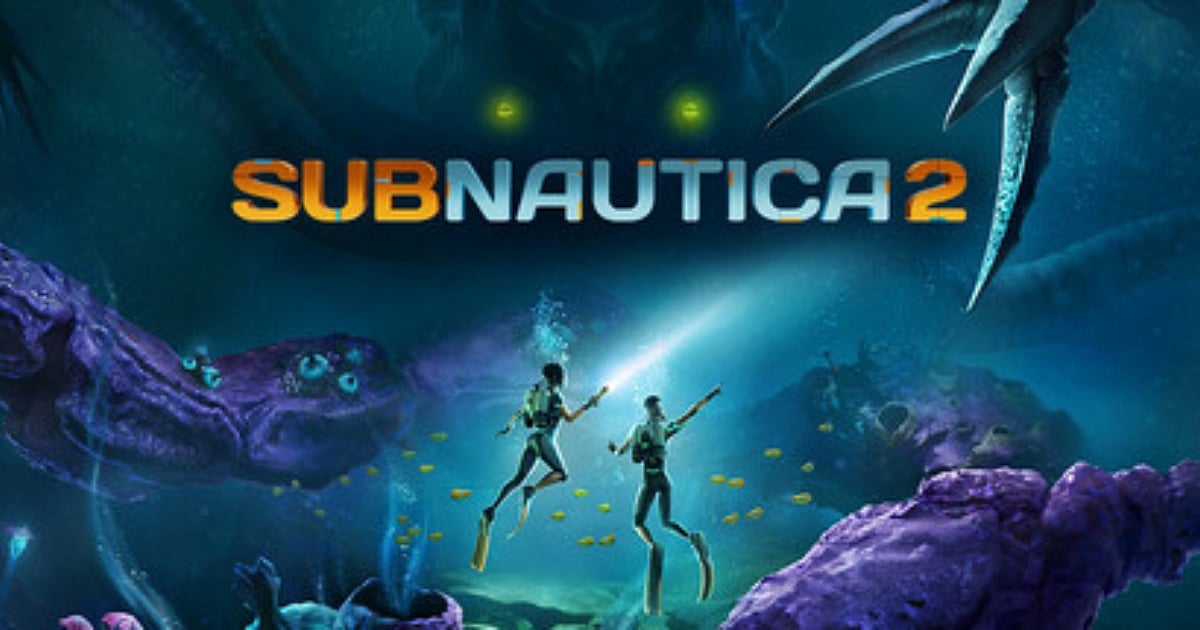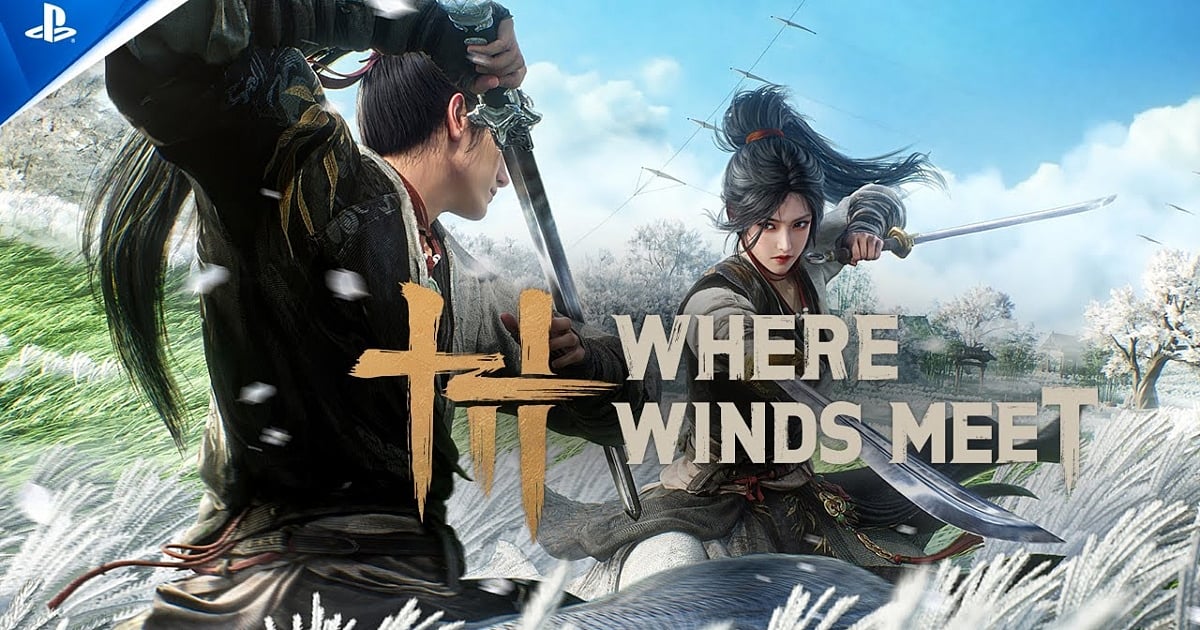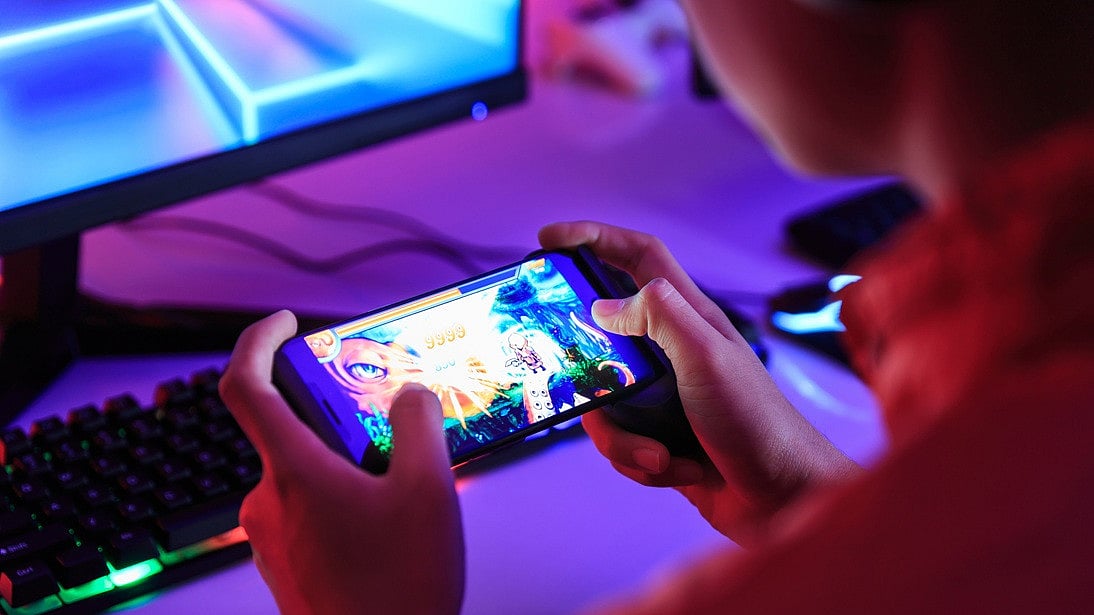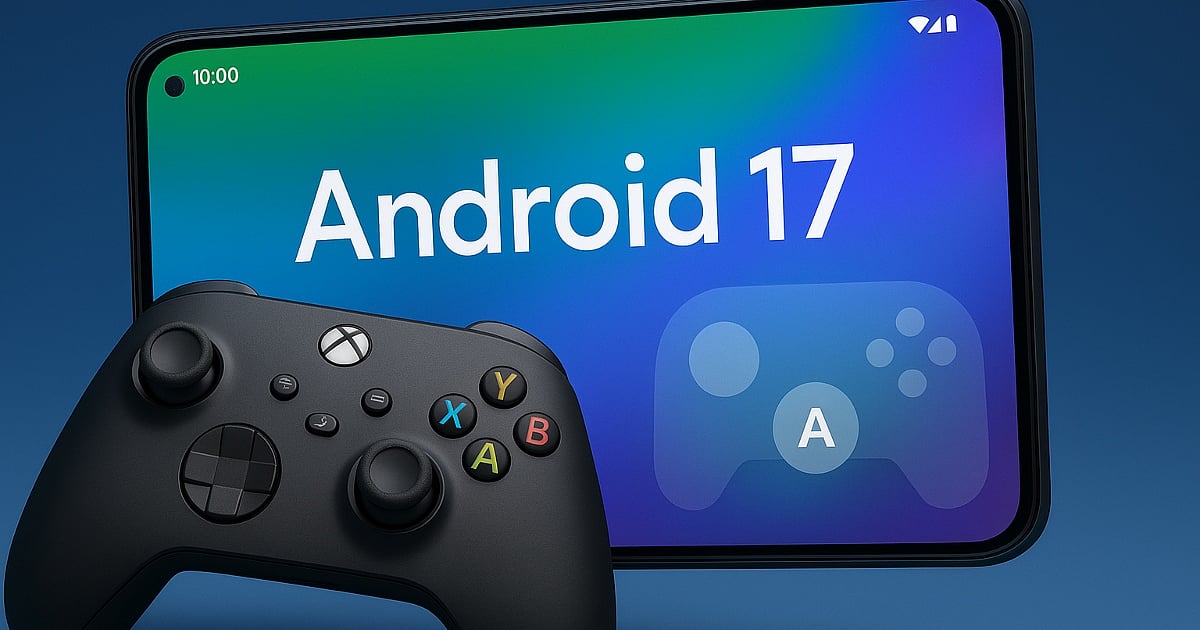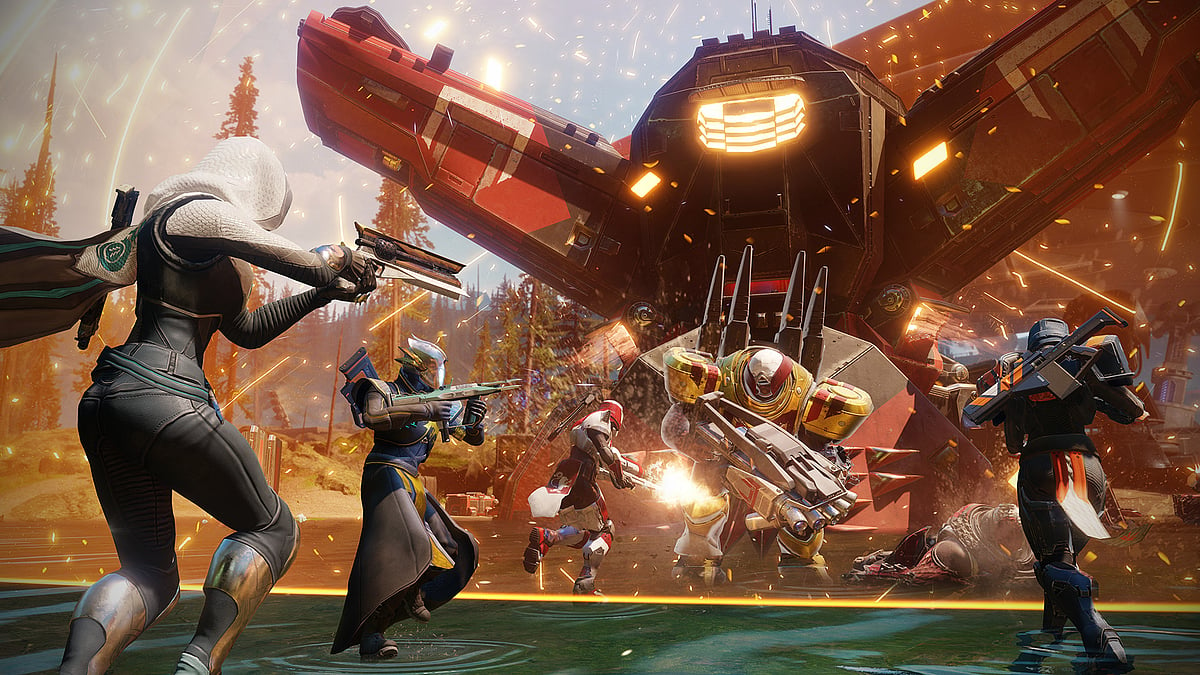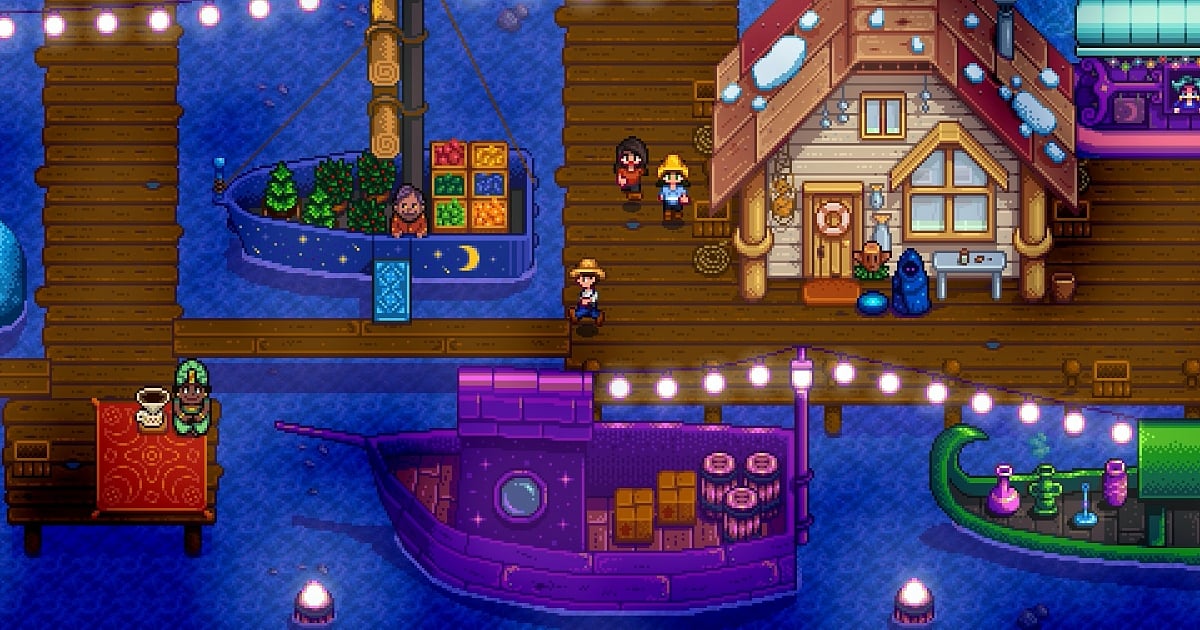
Low Stress, High Profits.
Small Teams, Huge Margins: Cozy Games Are 2025's Stable Bet
While AAA studios gamble millions, the 'Cozy Economy' is booming. Discover how low-cost hits like Stardew Valley are becoming the industry's safest financial bet.
Highlights
- The "Cozy Economy" is the industry's smartest financial bet, trading high-stakes risk for consistent stability.
- Minimal production costs and an untapped, affluent audience allow small teams to reap massive profit margins.
- The primary challenge has shifted from development to discoverability as the market becomes increasingly crowded.
In a market historically obsessed with adrenaline, high-stakes competition, and photorealistic graphics, the most stable financial winner today isn't a gritty military shooter—it is a digital vegetable garden. While giant gaming studios burn through hundreds of millions of dollars chasing the next high-octane blockbuster, the "smart money" in the industry is quietly being planted in pixelated soil. It might seem counterintuitive, but the single most stable bet in gaming today is the "Cozy Economy."
This sector has grown into a booming market valued at approximately USD 973 million in 2024 and is projected to reach USD 1473 million by 2032. Built on a foundation of low development costs and massive audience expansion, the cozy genre represents a high-return, low-risk business model that is fundamentally reshaping how investors and developers view the profitability of video games.
Redefining the Product: Selling "Therapy-Lite"
To grasp the true financial potential here, you have to rethink the very definition of a video game. The cozy genre is not actually defined by specific mechanics like farming, fishing, or crafting. Instead, industry analysts categorize these games by the emotional output they provide the player: safety, abundance, and softness.
"Safety" means the player cannot truly fail or die; "abundance" ensures the player is never in a state of severe resource anxiety; and "softness" utilizes a warm, inviting aesthetic.
This is why a game like Spiritfarer—which deals with the incredibly heavy theme of death—is still definitively cozy. Its core loop is about non-violent care and nurturing. In a culture defined by constant burnout and overstimulation, these games serve as an "emotional reset." They are competing as much with meditation apps as they are with franchises like Call of Duty.
In fact, over 57% of US players report that these games directly help them deal with stress in their daily lives. "The demand isn't just for entertainment; it is for a form of digital wellness, creating a deeply loyal consumer base."
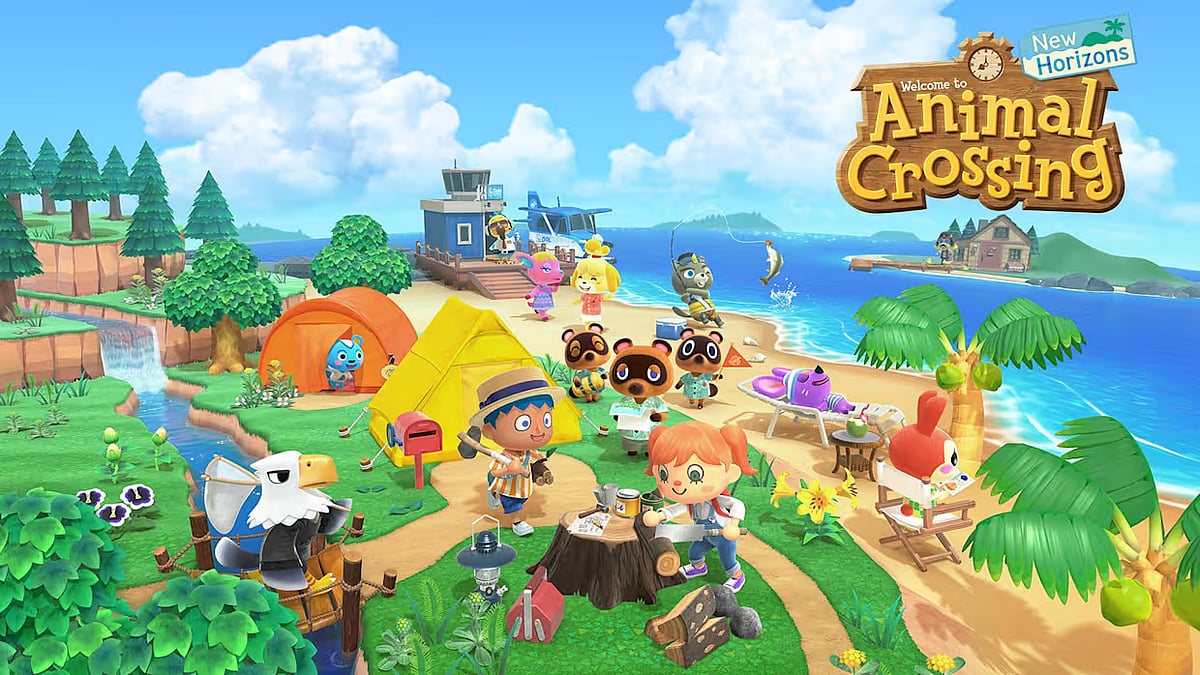
Nintendo
The Lucrative Audience the Industry Overlooked
The cozy economy is powered by a massive, affluent demographic that the traditional gaming industry has historically ignored. The player base for cozy games skews overwhelmingly female, sitting between 45% and 55%, with a core age range of 25 to 45. This is not a teenage audience with limited funds; this is a mature demographic with higher disposable income and education levels.
These players are not looking for a punishing challenge; they are looking for relaxation and self-care. They have been waiting for products that respect their time and psychological needs, and they have the money to pay for them.
It is no surprise that the Nintendo Switch, with its portable and family-friendly nature, has become the dominant platform for this genre, favoured by 60% of these players. While North America currently leads the market, the Asia-Pacific region is rapidly growing, supported by rising smartphone adoption and an expanding middle class.
Small Teams, Huge Profits
From a pure business perspective, the "low-cost" part of the cozy equation is compelling. Value here stems from aesthetics and emotion, not costly photorealism. As a result, development cycles are drastically shorter. A great example is Sticky Business, a successful game about running a sticker shop.
It was created in just five months by a two-person team. This efficiency allows solo developers and small studios to create products that generate profits rivaling AAA blockbusters, but with drastically reduced overhead costs.
The financial power of this model is best understood through its titans. Stardew Valley, developed by a single person, Eric Barone, with a zero-dollar marketing budget, has quietly sold over 41 million copies. It has generated an estimated $518 million in gross revenue, with over $152 million in net revenue going directly to its creator.
On the corporate end of the spectrum stands Animal Crossing: New Horizons. Launched during the pandemic, it has sold over 48 million copies so far and has surpassed $150 million in lifetime player spending. The game is the second-best-selling Nintendo Switch title, behind Mario Kart 8 Deluxe.
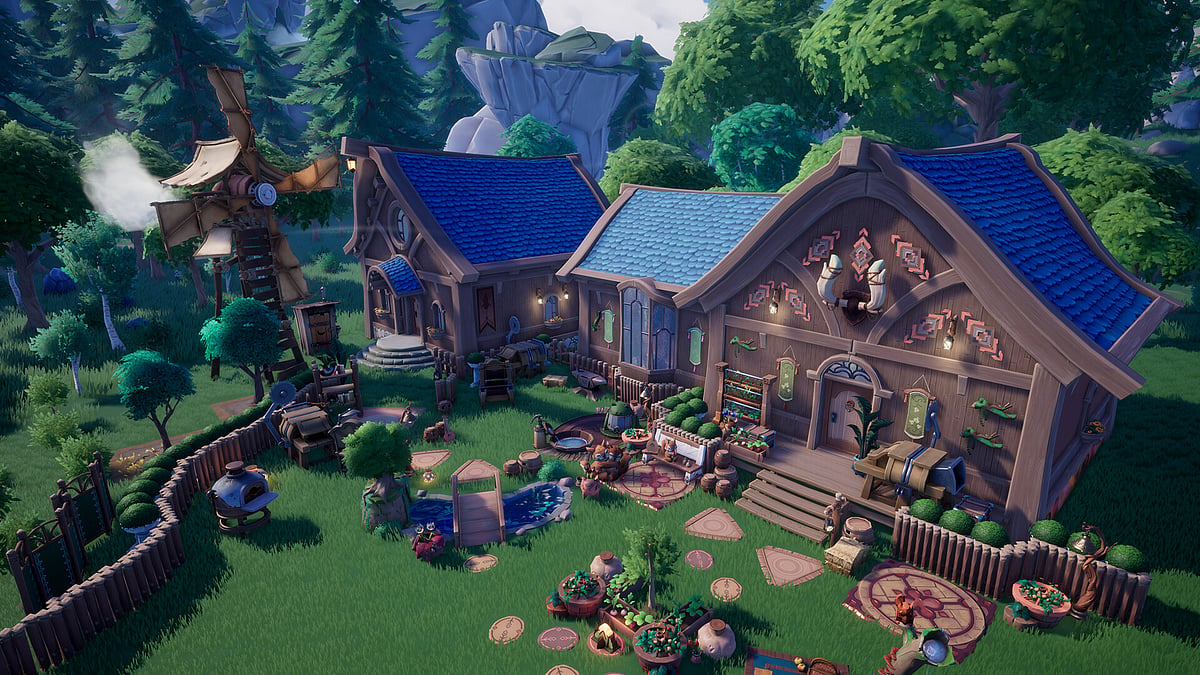
Steam
The "Long Tail" Monetization Model
The secret sauce to maintaining profits in this sector lies in the "Long Tail" monetization model. Unlike the "cautionary tale" of Palia, a cozy MMO that struggled by trying to force high-pressure microtransactions onto a relaxed audience, successful cozy games charge a fair, one-time price—typically in the $15 to $40 sweet spot.
Revenue is then sustained through substantial Downloadable Content (DLC) packs and expansions. Because the engagement patterns involve daily logins and long-term play, the audience is happy to pay for meaningful content updates.
However, investors must note that the "low-risk" thesis has evolved. The low barrier to entry has created a crowded market. In 2024 alone, about 375 games tagged as "cozy" were released on Steam. The primary challenge is no longer development; it is discoverability. This saturation has led to a 25% failure rate for new projects that misunderstand the audience.
Subscription Services and Mainstream Adoption
As these games migrate toward mainstream recognition, subscription services like Xbox Game Pass and Apple Arcade are becoming critical drivers of growth. Cozy games act as a "Trojan horse" for these platforms, acquiring that high-value, female-skewing demographic that might not otherwise subscribe to a gaming service.
The Cozy Goldmine is real, but success isn't guaranteed. It is a high-demand wellness product for a specific, long-ignored audience, and the profits go to those who respect the player enough to let them relax.

Author
Krishna Goswami is a content writer at Outlook India, where she delves into the vibrant worlds of pop culture, gaming, and esports. A graduate of the Indian Institute of Mass Communication (IIMC) with a PG Diploma in English Journalism, she brings a strong journalistic foundation to her work. Her prior newsroom experience equips her to deliver sharp, insightful, and engaging content on the latest trends in the digital world.
Krishna Goswami is a content writer at Outlook India, where she delves into the vibrant worlds of pop culture, gaming, and esports. A graduate of the Indian Institute of Mass Communication (IIMC) with a PG Diploma in English Journalism, she brings a strong journalistic foundation to her work. Her prior newsroom experience equips her to deliver sharp, insightful, and engaging content on the latest trends in the digital world.
Related Articles

